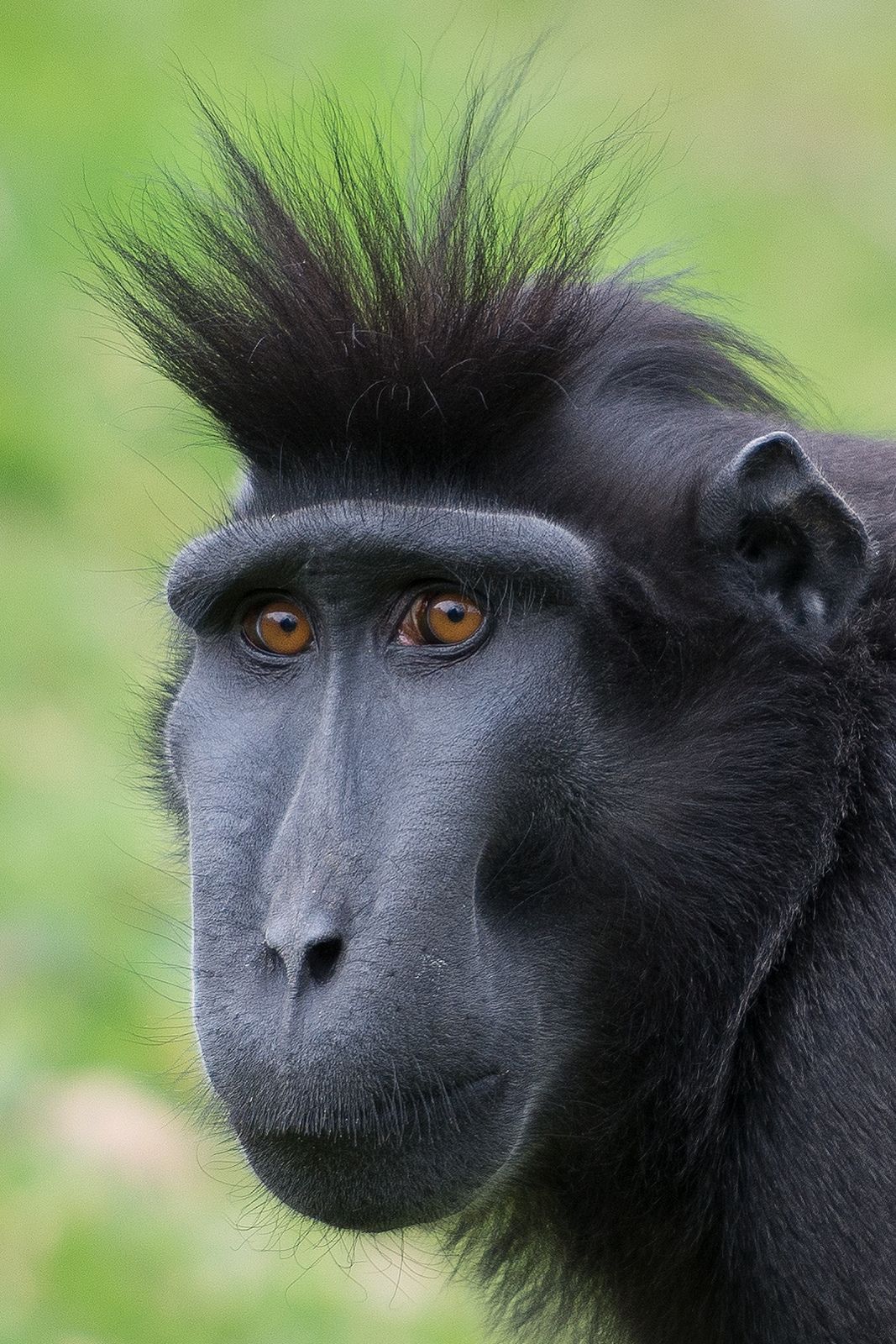Ugly monkeys are often misunderstood creatures that challenge our perceptions of beauty in the animal kingdom. These fascinating primates, possessing unusual features and unique characteristics, play essential roles in their ecosystems. In this article, we’ll delve deep into the world of ugly monkeys, exploring their biology, behavior, and the reasons behind their often unappealing appearances. Prepare to be captivated by the stories and facts that make these creatures remarkable in their own right.
Whether you’re a primate enthusiast or simply curious about the bizarre aspects of nature, this exploration of ugly monkeys promises to be enlightening. Join us as we uncover the mysteries surrounding these unique beings and why they deserve our respect and admiration.
Table of Contents
- Introduction
- Biography of Ugly Monkeys
- Physical Characteristics of Ugly Monkeys
- Habitat and Distribution
- Behavioral Traits
- Conservation Status of Ugly Monkeys
- Cultural Significance
- Conclusion
Biography of Ugly Monkeys
Ugly monkeys, like the Proboscis monkey and the Barbary macaque, have distinctive features that set them apart from their more conventionally attractive relatives. Here, we present a brief overview of some notable ugly monkeys.
| Species | Scientific Name | Habitat | Diet | Conservation Status |
|---|---|---|---|---|
| Proboscis Monkey | Nasalis larvatus | Borneo rainforest | Fruits, leaves, seeds | Endangered |
| Barbary Macaque | Macaca sylvanus | North Africa, Gibraltar | Fruits, seeds, insects | Vulnerable |
| Howler Monkey | Alouatta | Central and South America | Leaves, fruits | Least Concern |
Physical Characteristics of Ugly Monkeys
Ugly monkeys possess a range of physical characteristics that contribute to their unique appearances. Here are some defining traits:
- Proboscis Monkey: Known for its large nose and pot-belly, the male Proboscis monkey’s nose can grow up to 7 inches long, making it one of the most distinctive features among primates.
- Barbary Macaque: This species has a unique tuft of fur on its head and lacks a tail, giving it a more unusual appearance compared to other macaques.
- Howler Monkey: With a large throat sac that allows for its iconic howling, the Howler monkey may not be conventionally attractive, but its unique vocalizations are a hallmark of its identity.
Habitat and Distribution
Ugly monkeys are found in diverse habitats across the globe. Here’s a closer look at where these primates thrive:
Proboscis Monkey
Native to the mangrove forests and coastal regions of Borneo, the Proboscis monkey is an arboreal species that relies heavily on its environment for food and shelter.
Barbary Macaque
This species is primarily found in the Atlas Mountains of Morocco and the Gibraltar region, making it the only macaque species found outside of Asia.
Howler Monkey
Howler monkeys inhabit tropical rainforests, dry forests, and mangroves in Central and South America, showcasing their adaptability to various environments.
Behavioral Traits
The behavior of ugly monkeys is as fascinating as their appearance. These primates exhibit unique social structures and adaptations:
- Social Structure: Many ugly monkeys, such as the Barbary macaque, live in matriarchal societies, where females hold significant social power.
- Vocalizations: Howler monkeys are famous for their loud howls, which can be heard up to three miles away, serving both as a territorial call and a means of communication.
- Foraging Behavior: Proboscis monkeys are known for their specialized diet, primarily consisting of unripe fruits and young leaves, which requires them to forage in trees.
Conservation Status of Ugly Monkeys
Understanding the conservation status of ugly monkeys is crucial for their survival. Here are some key points:
- The Proboscis monkey is classified as endangered due to habitat loss and poaching.
- Barbary macaques face threats from illegal pet trade and habitat destruction, leading to their vulnerable status.
- Howler monkeys, while currently listed as least concern, are still affected by habitat loss due to deforestation.
Cultural Significance
Ugly monkeys have cultural significance in various societies around the world:
- In Malaysia, the Proboscis monkey is often featured in folklore and tourism, drawing attention to its unique characteristics.
- Barbary macaques have historical ties to the Mediterranean region and are often associated with local legends.
- Howler monkeys are symbolic in various South American cultures, representing strength and vocal power.
Conclusion
In conclusion, ugly monkeys are extraordinary creatures that challenge conventional ideas of beauty in nature. Their unique adaptations, behaviors, and significant roles in their ecosystems make them more than just visually unappealing animals. By understanding and appreciating these fascinating primates, we can contribute to their conservation and ensure their survival for future generations. We encourage you to share your thoughts in the comments below, spread the word about these unique creatures, and explore more articles on our site to learn about the wonders of the animal kingdom.
Call to Action
If you found this article insightful, please consider sharing it with friends or exploring other related content on our site. Your engagement helps raise awareness about the importance of all species, regardless of their looks!
Thank you for reading, and we hope to see you again soon for more fascinating insights into the world of wildlife!




